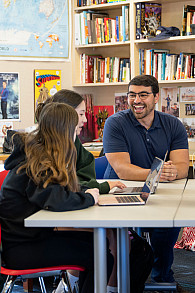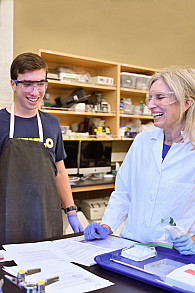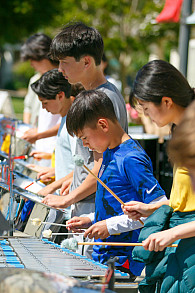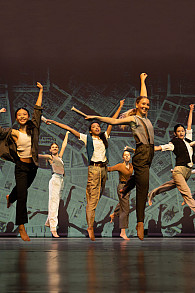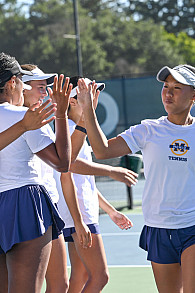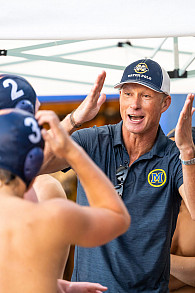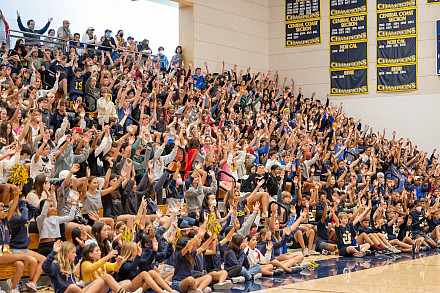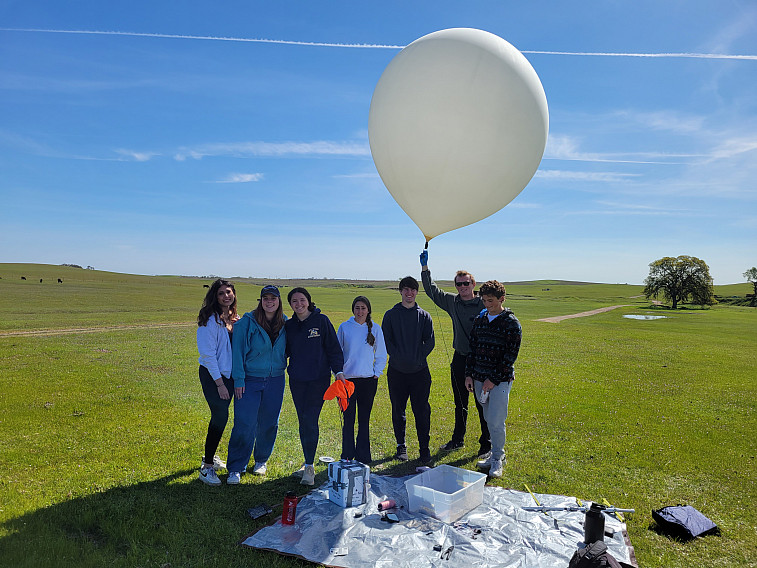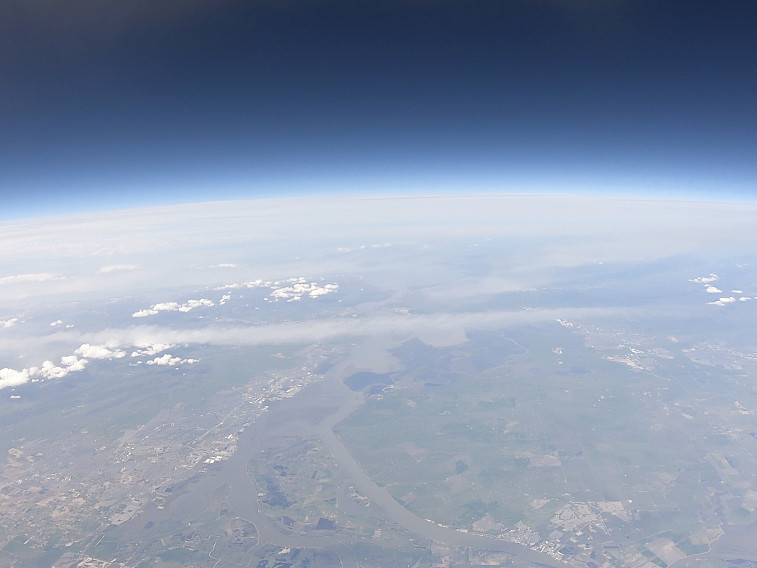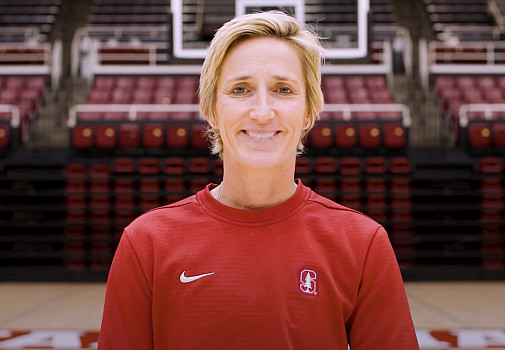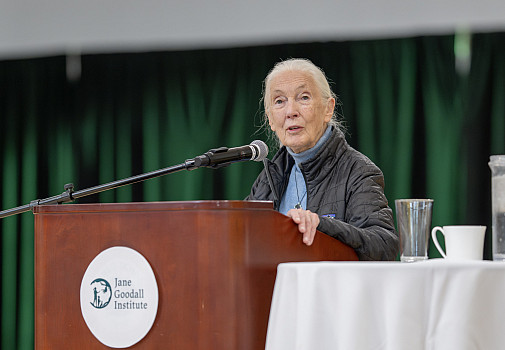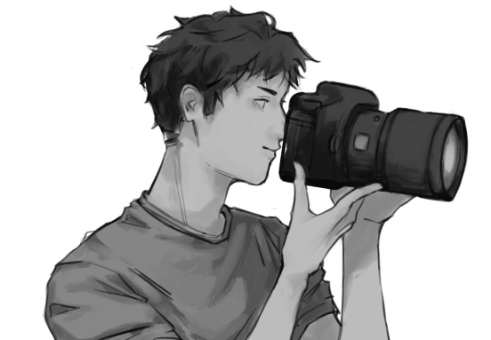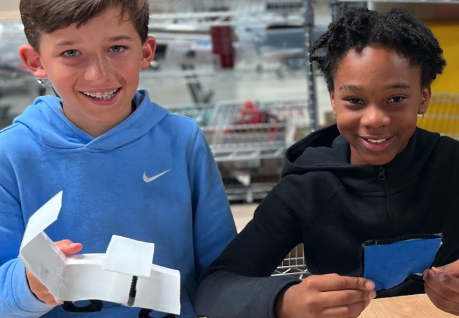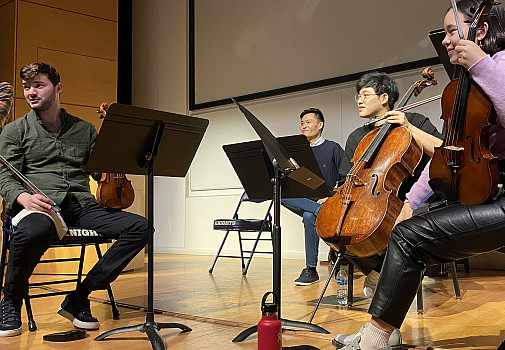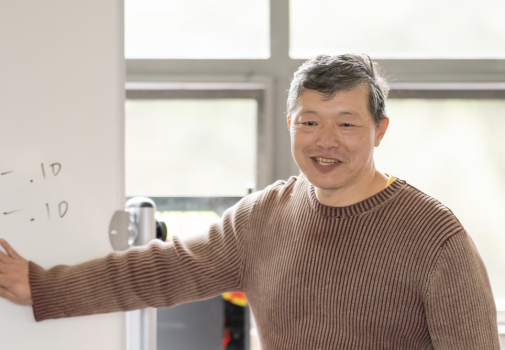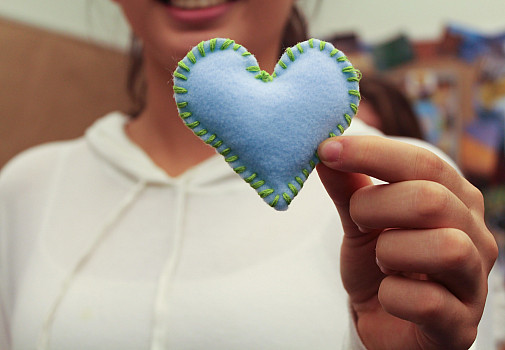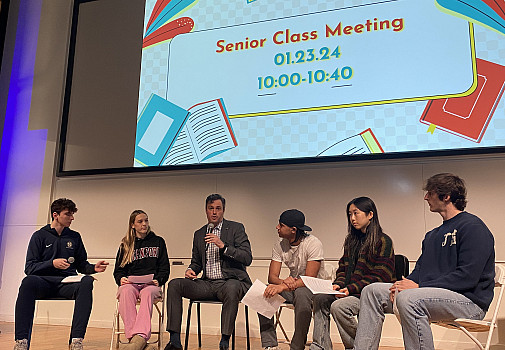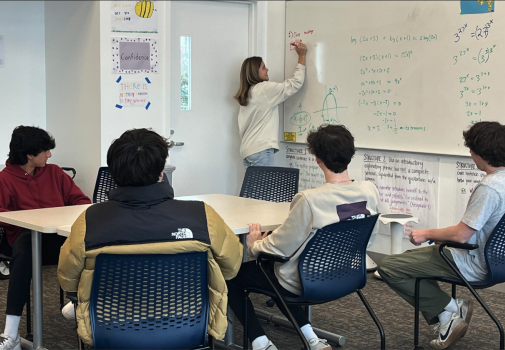- Arts
- Academics
-
Athletics
- Athletics Overview
-
Upper School Teams
- Baseball - Varsity
- Baseball - Junior Varsity
- Basketball - Boys Varsity
- Basketball - Boys Junior Varsity
- Basketball - Boys Freshman
- Basketball - Girls Varsity
- Basketball - Girls Junior Varsity
- Cross Country
- Flag Football - Girls
- Football - Varsity
- Football - Junior Varsity
- Golf - Girls Varsity
- Golf - Boys Varsity
- Golf - Boys Junior Varsity
- Lacrosse - Boys Varsity
- Lacrosse - Boys Junior Varsity
- Lacrosse - Girls Varsity
- Lacrosse - Girls Junior Varsity
- Soccer - Boys’ Varsity
- Soccer - Boys’ Junior Varsity
- Soccer - Girls Varsity
- Soccer - Girls Junior Varsity
- Swimming
- Tennis - Varsity Boys
- Tennis - Boys Junior Varsity
- Tennis - Girls Varsity
- Tennis - Girls Junior Varsity
- Track & Field
- Volleyball - Varsity
- Volleyball - Junior Varsity
- Volleyball - Freshman
- Water Polo - Boys Varsity
- Water Polo - Boys Junior Varsity
- Water Polo - Girls Varsity
- Water Polo - Girls Junior Varsity
-
Middle School Teams
- Baseball - Middle School
- Basketball - Boys Middle School
- Basketball - Girls Middle School
- Cross Country - Middle School
- Flag Football - Middle School
- Lacrosse - Boys Middle School
- Lacrosse - Girls Middle School
- Soccer - Boys Middle School
- Soccer - Girls Middle School
- Swimming - Middle School
- Tennis - Middle School
- Track - Middle School
- Volleyball - Middle School
- Athletics Philosophy & Values
- Athletics Resources
- Camps & Clinics
- Alumni Athletes
- New to Menlo Athletics?
- Student Life
- Support Menlo
- Admissions
- Calendar
- Resources
MENLO SCHOOL • SINCE 1915

Menlo News April 28, 2023
Upper School Students Send Balloons Into Upper Atmosphere
Applied Science Research project combines engineering with atmospheric science
Menlo’s Upper School Applied Science and Engineering department offers students who are interested in the fields of experimental science and engineering an opportunity to “learn by doing” in our state-of-the-art Whitaker Lab. For students in the honors course—Applied Science Research (ASR)—this means utilizing the lab’s cutting-edge tools to launch a payload into space!
In the first semester of ASR, students start by creating a kinetic art sculpture powered by solar energy. Then, they learn how to build electric motors, enter them into a category (RPM, Torque, or Efficiency), and try to get their project added to the Electric Motor Hall of Fame board. After they have learned to engineer their own motors, the students move on to study atmospheric science and space-travel engineering in preparation to launch weather balloons high above the Earth’s atmosphere.
According to science teacher James Dann, the balloon launch is when students learn all of the skills they will need to create their own engineering projects: “They learn teamwork, programming for microcontrollers, building an antenna, wiring circuits, testing equipment in vacuum and temperature chambers, and more. They also do experiments individually as the balloon traverses our atmosphere into the upper stratosphere. This year, the experiments included analyzing atmospheric temperature, ozone, cosmic ray particles, carbon dioxide levels, solar energy, and altitude.” Once the experiment concluded, students wrote about the entire project, from how they programmed and engineered the launch, to their analysis of the collected data.
Working in teams of six, each student has a specific job as it relates to the launch, including tracking and programming the data acquisition system. This work prepares students to start thinking about their own projects—from the prototype process and design, to data analysis and problem-solving. All of this hard work culminates with a final presentation at the Makerpalooza: Science and Engineering Fair—an end-of-year showcase of individual projects made by ASR students.
“I’ve always been interested in technology and how stuff works,” said Sam ’24, whose team had both a successful launch and payload retrieval. “I used to do a lot of computer science, but I’m really glad I signed up for ASR. It’s a lot of work, but it’s really rewarding to get outside of the classroom and experiment. It’s maybe the most fun I’ve had in a class at Menlo.”
“I agree,” said Alex ’24, who worked with Sam’s team in his role as project leader. “I really enjoy the independence and that you can pretty much pursue anything you’re passionate about. For example, we have one classmate—who was also on our launch team—he’s really into cars, so he does a lot of projects related to them. For my first project of the year, I made a little aircraft carrier for our solar panel project. That kind of independence gives us a lot of flexibility. But I also think this project ended up being a successful launch because everybody did a great job. Even if you have been given a specific task, you have to help out other people in different roles too. In the end, everyone on the team has to help out.”
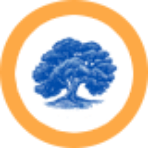 MENLO SCHOOL Since 1915
MENLO SCHOOL Since 1915